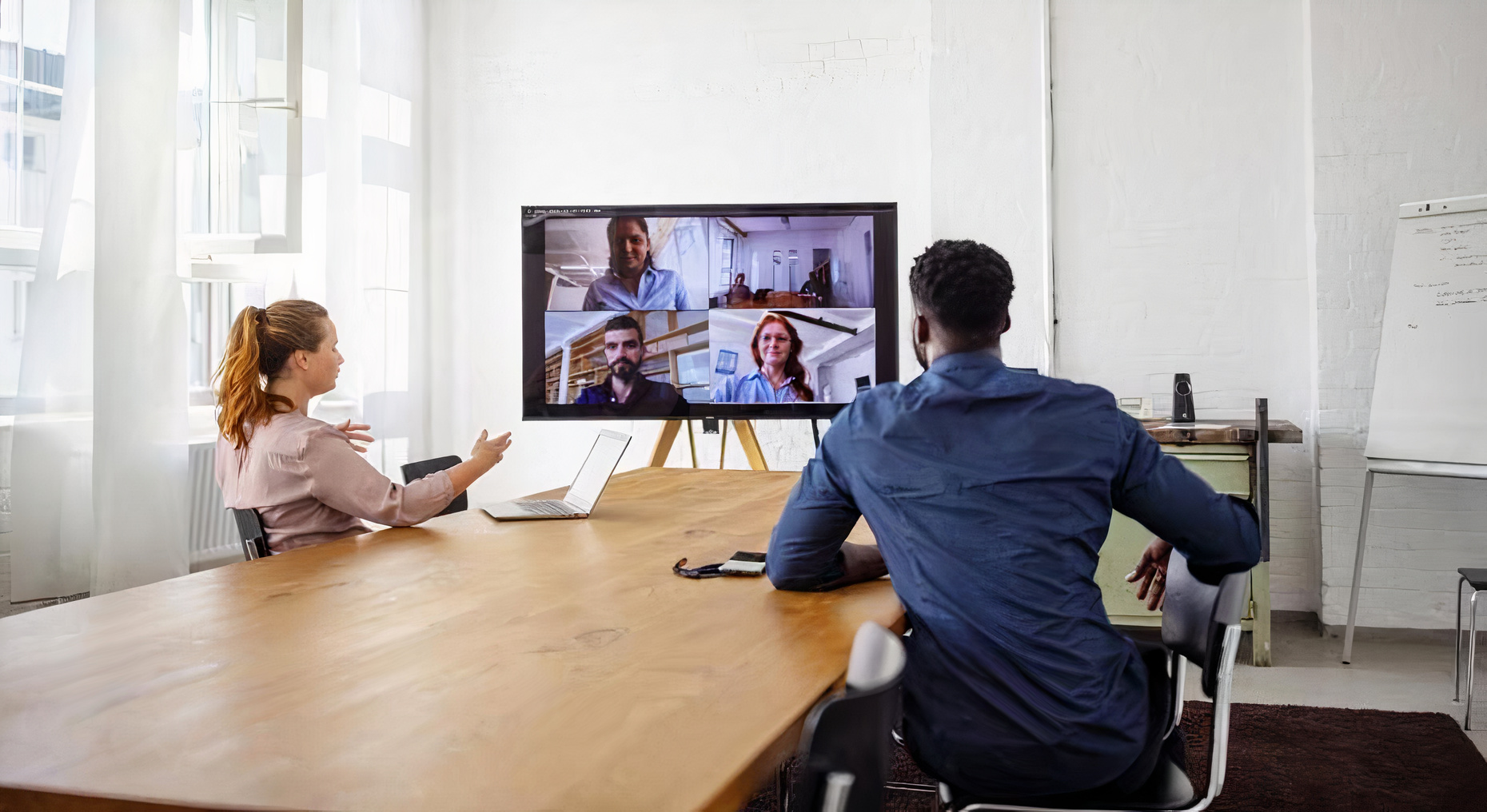The New Workplace – Hybrid Everything
Where will people work and live?
The big question post-pandemic, if there is really a post-pandemic, is where people will work and live? Ongoing discussions on workers returning to the office continue while occupancy rates for office space in downtown Manhattan, the Chicago Loop, and Downtown SF remain well below pre-pandemic levels. Where’s this all going, anyway?
Is the Downtown Office Dead?
Work at home? Work in the office? A combination? You can’t generalize what people will do. People and workers cover a broad range of lifestyle needs and habits. And these lifestyles are actually networks driven by age and connection.
During the pandemic 42% of the US labor force worked from home. As offices reopen organizations are re-thinking about how work is — and can be — done.
McKinsey & Company, 2022
You can’t treat everyone the same. There are so many factors that weigh in, you have to look at patterns or, yes, customer journeys. Think about it. You’re 37 and married and now have two kids. So much of your life is moving kids to school, from school, and to and from events. You’re connected to other parents and friends and family with similar lifestyles. Working from home a substantial part of the week makes a difference because of time savings and these network connections.
Lifestyle, Age, and Connections.
Younger single workers frequently have roommates; working from home can be a crowded, uninspiring life. Your network is out in the world. It’s at work and the places after work. It’s constant social interactions and multiple networks. It’s all about building connections with friends, future partners and events.
You thrive in a busy world and don’t want to be in one location. Now there are many variations on this and age, your network, and having kids all weigh in on this.
Culture, Business, and Workplace.
Commercial property owners are thinking long and hard about the permanence of workers and tenants in their office spaces. This is now shifting because of the development of hybrid office work environments. Will there be anyone willing to sign a 5-year lease anymore? Does it even make sense to commit to a specific size space?
For Diane Hoskins, co-CEO of global design and architecture firm Gensler, well-designed workplaces have always been top of mind. COVID-19 has disrupted workplace norms for good,
McKinsey & Company, 2022
But to work remotely for any business, whether it be Salesforce or a growing mid-sized company of 250 people loses something. The personal connection and the vibe of the team is lost. The value of in-person meetings is about the dynamics of connection, trust and building a company culture. It’s much harder to do this remotely. If anything, the pandemic and hybrid work has put a bigger focus and higher value on real human interaction with teams and business culture. That’s what matters. You can’t create effective teams without connections.
The Urban Center — Where Young People Want to Live.
Young adults continue to move to downtowns. Their numbers in urban neighborhoods have increased even with the pandemic
Joint Study on Housing, Harvard University, 2022
New housing is still being built at a record pace in urban centers. Oakland, California, alone had brought over 8,000 units online in the last ten years. And, in spite of the pandemic, the number of younger people moving to downtowns continues to grow.
Yes, office space demands are slowing but the workplace is changing and can accommodate more people because of remote work. The real future of the office and urban centers, and downtowns is living, working, and connecting with people. A culture built by hybrid work environments and younger people living and working in their community is changing the way we see everything.
Offices will change with the culture into adaptable workplaces that change over time. Smaller office spaces that are expandable, housing next door to restaurants, and much more of a mix of uses will become more common. Office buildings will find new life, converted into residential. Large public areas and more community-oriented uses and spaces will develop. The reconfiguration of offices and real estate is going to be disruptive and reinvented in this dynamic world.
